For the past few years, I’ve been using more versatile lenses. These allow me to photograph a number of different situations, without having to worry about packing or changing lenses.
It started with Olympus’ M.Zuiko 12-100mm f/4 Pro lens, and more recently, I’ve shifted to the Tamron 28-200mm f/2.8-5.6 lens for my Sony cameras.
But then I got to thinking. Sure, the 28-200mm is great for a lot of situations, whether it be travel or work-related. But what if I want a further reach?
I had the chance to experiment when I was lent Tamron’s 150-500mm f/5-6.7 lens. I’ve used this lens before, and while it’s quite a bit larger than my 28-200mm, it’s certainly a great, versatile super telephoto zoom that allows me to capture a variety of different photographs. It’s quickly becoming one of my favorite and fun lenses to use.
Use your telephoto to get up close with the world
.mgl-tiles { display: none; } #mgl-gallery-634ecf4f5a330 { margin: -5px; width: calc(100% + 10px); } #mgl-gallery-634ecf4f5a330 .mgl-box { padding: 5px; } @media screen and (max-width: 768px) { #mgl-gallery-634ecf4f5a330 { margin: -5px; width: calc(100% + 10px); } #mgl-gallery-634ecf4f5a330 .mgl-box { padding: 5px; } } @media screen and (max-width: 460px) { #mgl-gallery-634ecf4f5a330 { margin: -5px; width: calc(100% + 10px); } #mgl-gallery-634ecf4f5a330 .mgl-box { padding: 5px; } }

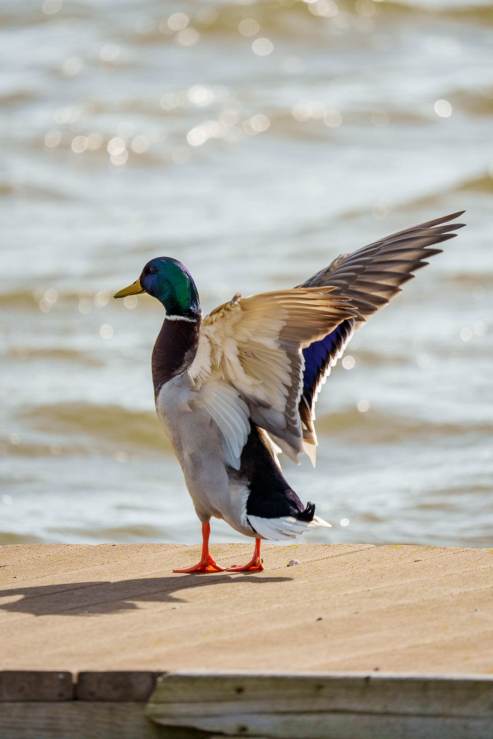
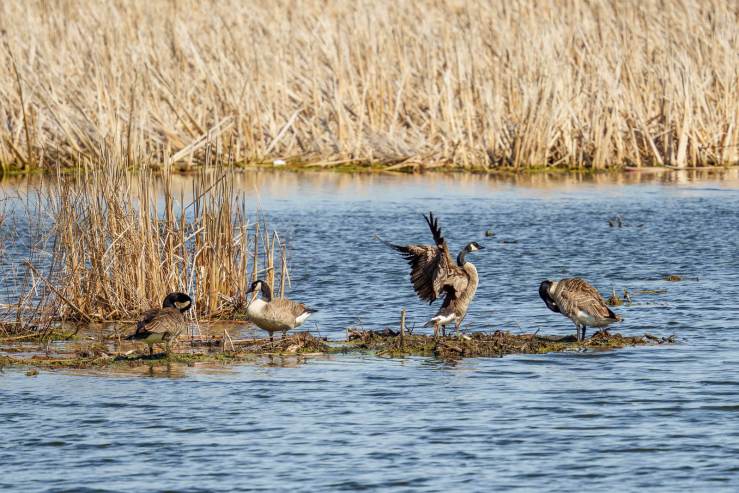
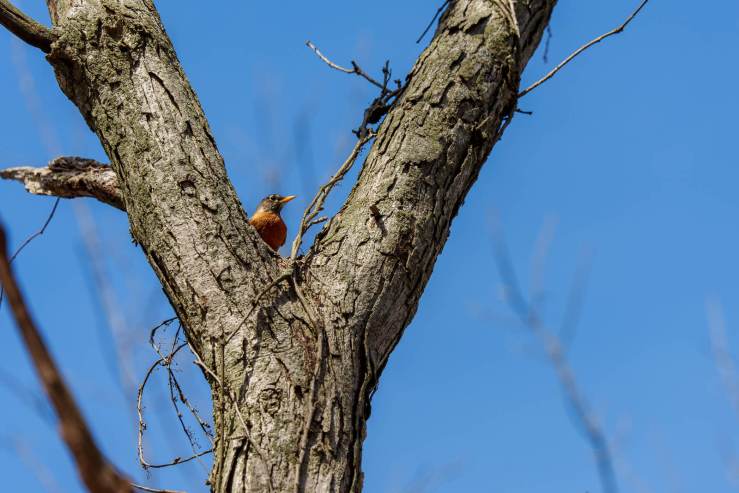

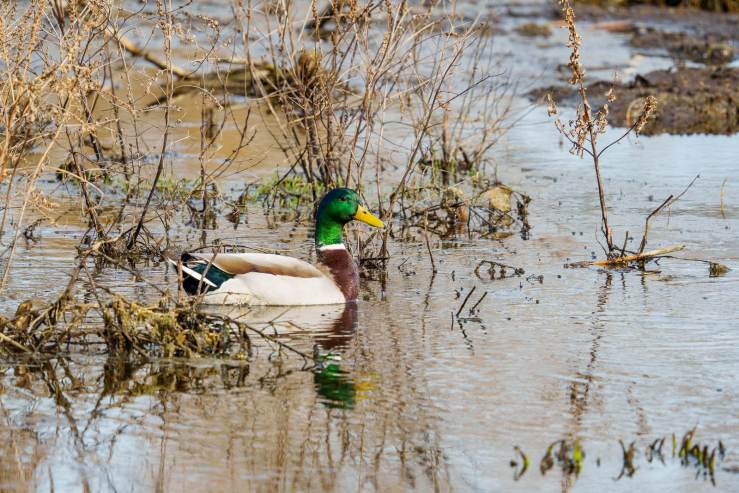
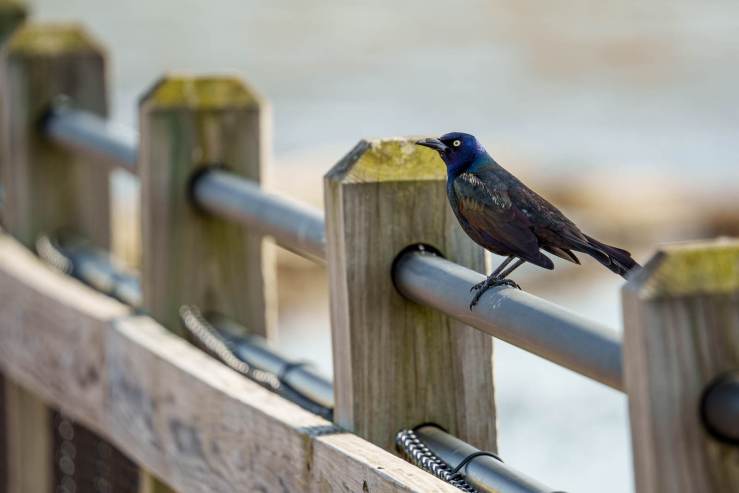
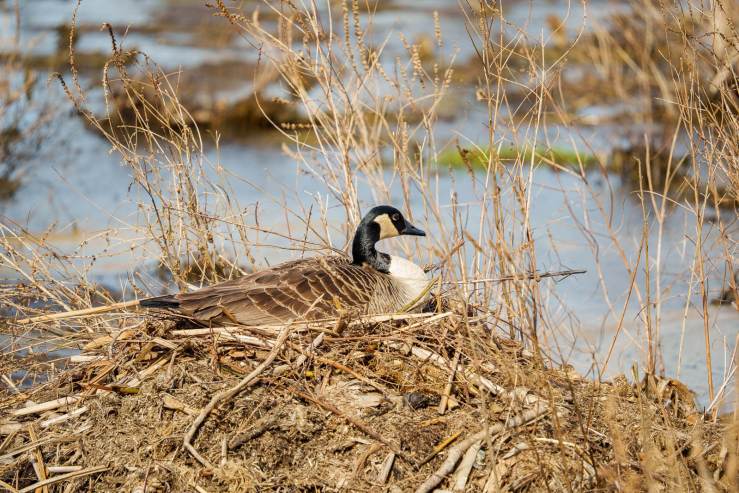
If you’re a wildlife or bird photographer, having a super telephoto zoom is probably something that’s necessary. It’s a great way to get up close with animals without having to physically be next to them. The Tamron 150-500mm does a great job at achieving fast autofocus and delivers results that really make your subjects shine.
Beyond just wildlife
.mgl-tiles { display: none; } #mgl-gallery-634ecf4f5d514 { margin: -5px; width: calc(100% + 10px); } #mgl-gallery-634ecf4f5d514 .mgl-box { padding: 5px; } @media screen and (max-width: 768px) { #mgl-gallery-634ecf4f5d514 { margin: -5px; width: calc(100% + 10px); } #mgl-gallery-634ecf4f5d514 .mgl-box { padding: 5px; } } @media screen and (max-width: 460px) { #mgl-gallery-634ecf4f5d514 { margin: -5px; width: calc(100% + 10px); } #mgl-gallery-634ecf4f5d514 .mgl-box { padding: 5px; } }

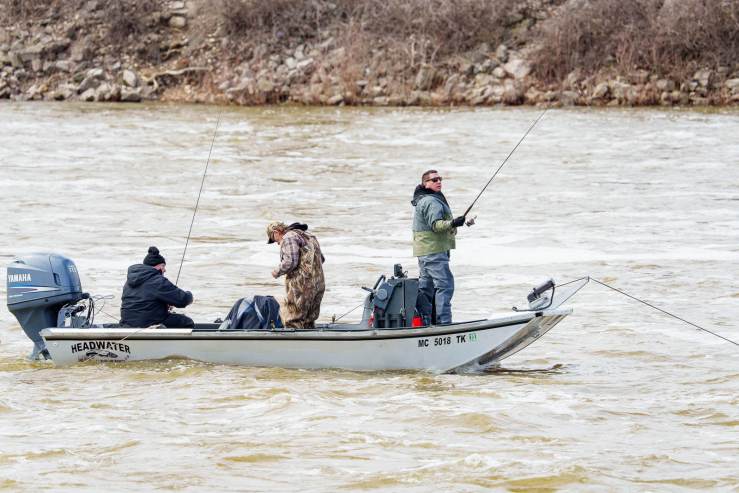
Super telephoto lenses of this nature can be great for a variety of different types of images. While I did spend some time photographing wildlife, the Tamron 150-500mm lens proved to be superb when photographing other subjects too.
The first time I used this lens was to capture some local fishermen. This let me stay back and photograph them in their native element without being bothered. It also let me reach across the river to capture a fishing boat.
.mgl-tiles { display: none; } #mgl-gallery-634ecf4f5e0cd { margin: -5px; width: calc(100% + 10px); } #mgl-gallery-634ecf4f5e0cd .mgl-box { padding: 5px; } @media screen and (max-width: 768px) { #mgl-gallery-634ecf4f5e0cd { margin: -5px; width: calc(100% + 10px); } #mgl-gallery-634ecf4f5e0cd .mgl-box { padding: 5px; } } @media screen and (max-width: 460px) { #mgl-gallery-634ecf4f5e0cd { margin: -5px; width: calc(100% + 10px); } #mgl-gallery-634ecf4f5e0cd .mgl-box { padding: 5px; } }
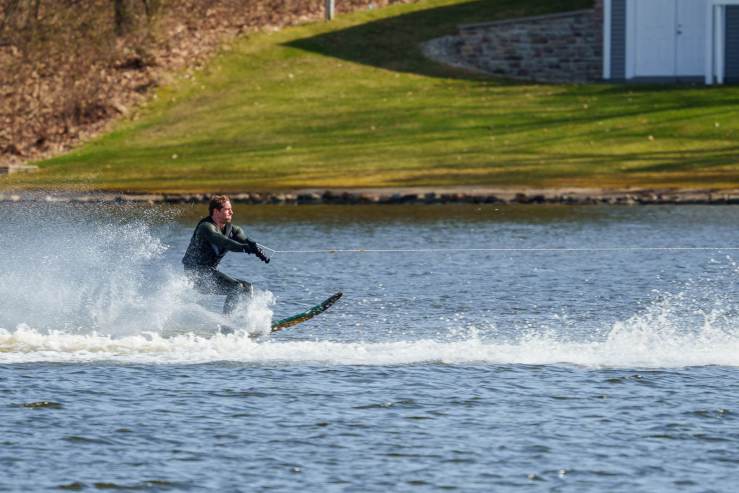


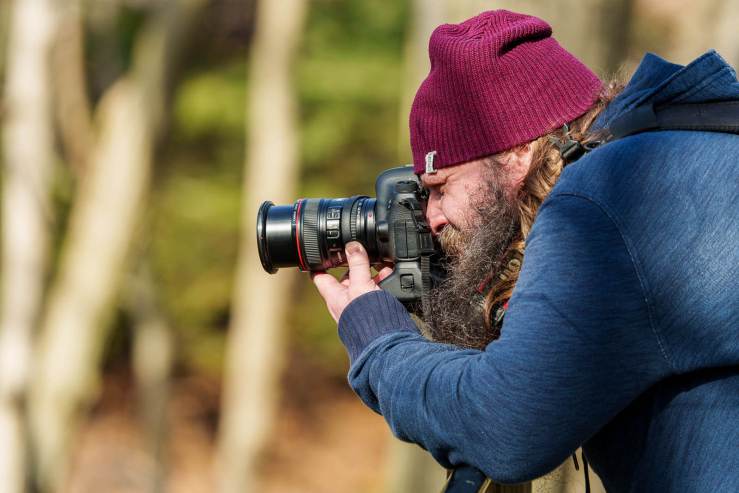
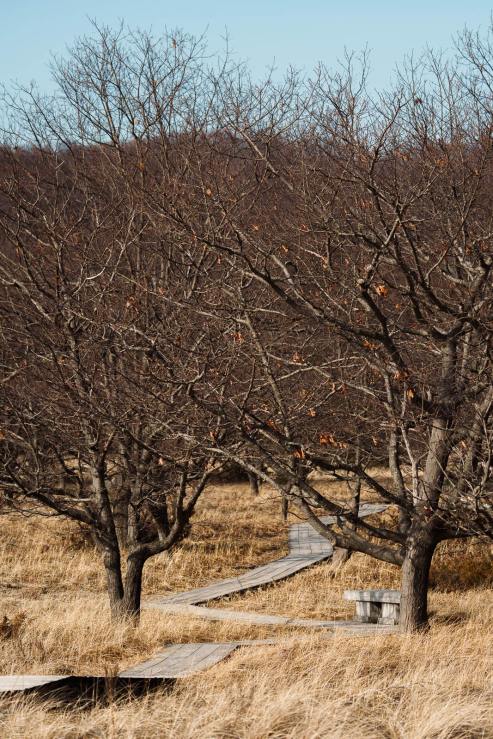
It’s also great for things like close-up nature shots, landscapes and even portraits. Because of the high focal length, you’re getting quite a bit of fall-off, which makes for a nice, soft background around your subject. Lenses like these also work great for action shots, as they let you lock on to a subject and provide some extra background separation, despite the higher aperture values.
Things to watch out for when buying a telephoto
When you’re in the market for a super telephoto, you’re in the market for a much larger lens. Not only is it larger, it’s also heavier. So there are a few things I’d recommend with super telephotos, like the Tamron 150-500mm has.
Image stabilization
First, it’s gotta have some sort of image stabilization in the lens. In-body image stabilization helps, but every movement with a lens of this size will mean a chance to get a blurry image. Make sure the image stabilization is a part of the lens, and that it works well. You might still see some movement when holding your camera up to your eye, but the end result should be clear and sharp.
Tripod collar
Two, make sure it has a tripod collar attached, and one that’s adjustable. Personally, I’m a handheld shooter 95 percent of the time. So when I shoot with lenses that have tripod collars, I usually flip it upside down so the lens can easily rest in my hand when I’m holding it.
Apertures
Three, look at the maximum aperture values. A lot of cheaper super telephotos on the market today have poor maximum aperture values. While this might be fine for daytime shooting, it’ll mean less reliability at night and less subject separation from your background. You really don’t want the maximum aperture to be any lower than f/8 if you can help it. The higher the number, the worse performance you’ll get.
Telephoto zoom or prime?
And finally, know whether you want a telephoto zoom or a prime lens. I had a super telephoto prime for years — the M.Zuiko 300mm f/4 Pro lens for my Olympus. That was a wonderful lens to use. However, it wasn’t as versatile because I was stuck with one focal length. You usually sacrifice image quality when you go with a zoom, but I’m much more likely to pick up a zoom than a prime because of what you can do with it.
Tell your story with the second annual Visual Storytelling Conference!
Experience four days of interactive, online training sessions featuring a range of educational content with experienced photographers and content creators. This free event kicks off with a series of technical boot camps to build essential skills, followed by live, online sessions on photography, video, business and social media. Join live from March 10-13, 2022!
